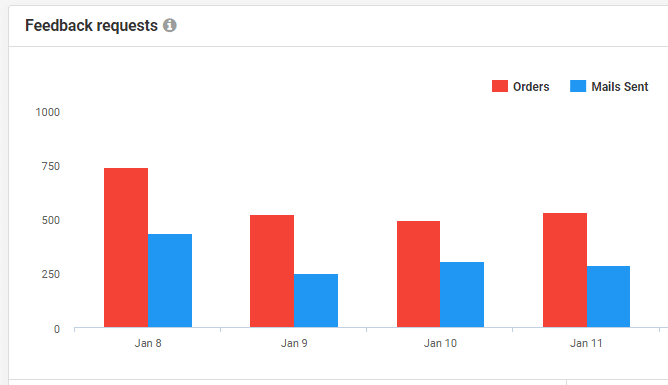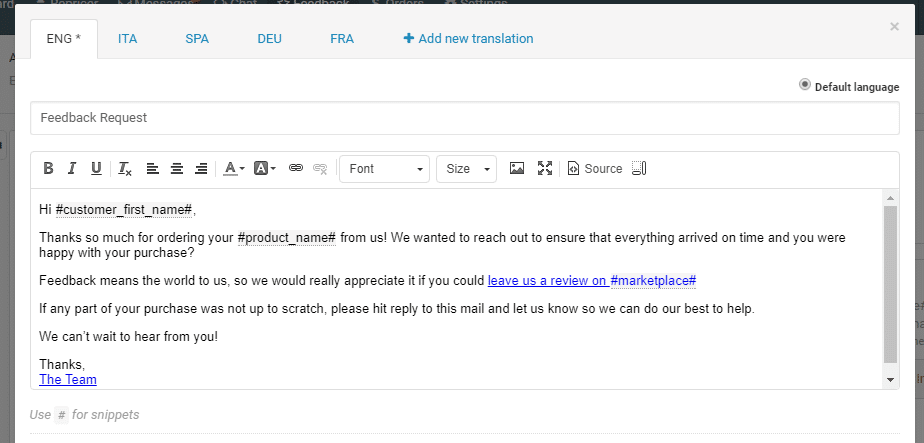Every eCommerce business wants positive feedback, but a negative comment isn’t the end of the world. Remember, the purpose of feedback is to help your business do better, and believe it or not, negative feedback is a key factor in customers trusting an online business.
And yet online sellers seem to have a fixation with getting negative feedback removed. Reality check—unless it’s spam or extreme profanity, you shouldn’t try to find ways of removing it. A wise company will understand there’s a lot to be learned from negative feedback.
Here are some tips to help online sellers see the upside of negative feedback.
1. Reply to both positive and negative feedback
If somebody takes the time to write a negative review they’re most likely quite aggravated. This is why online sellers should make a point of replying to every review, positive or negative. No matter how unconstructive the review may be, remember to take each one with a pinch of salt.
Once you receive criticism, it doesn’t mean that it’s the end of your encounters with that customer. In fact, by making it your mission to respond efficiently to each review, you’re increasing your chance of surprising them with your customer service.
Everyone wants their voice to be heard and you want to show that you haven’t given up on them. If you prove them wrong, they may go back and post a positive comment, or even remove initial remarks made about your website. The key goal here is to retain unhappy customers and prevent a damaged reputation.
With eDesk, you can monitor how many orders you receive versus the amount of feedback you have requested from customers. This gives your customer support team an idea about the amount of feedback they should expect to deal with.

2. Free advice on how to improve negative feedback
As Robin Sharma once said:

E-commerce businesses should only ever follow the latter. View criticism as a priceless opportunity for your company to get better. Use it as an invaluable asset each quarter to make big decisions that will contribute to the overall customer experience.
As well as monitoring your feedback requests, eDesk Feedback enables the online seller to use snippets for a specific request. Tailor your email messages by creating templates, editing subject lines, languages, and formatting. You can make it work to suit your business’ needs.

3. Giving context to new business ideas
Instead of starting with a blank canvas to come up with innovative ideas for your business, why not use the existing issues that have arisen with customers as a baseline. This is not only an efficient way to think up ideas but also gives context to the decision-makers as to where the ideas have come from.
It’s one thing responding and reacting appropriately to negative feedback, but adjusting your overall customer service strategy is more of a long-term goal to work with. It’s a matter of spotting recurring customer issues and prioritizing those.
Walk away from negative feedback with the drive to improve your online business in every way possible. By using current negative feedback, it removes the guessing game from all levels of the business, and you can get straight to the point for improvement.
4. Worst-case scenario
Be confident in letting your customer understand a well-rounded view of your business. The chances of there being 100-plus completely positive reviews are unlikely.
It allows your potential customers to understand the worst-case scenario, and from there forward it can only be a positive experience. Removing all negative reviews makes your business look inauthentic.
Remember, a customer is more likely to interact and trust your website if there are a mix of negative and positive reviews. In fact, you will convert 85% more often with negative reviews, because customers acknowledge that people have different tastes and expectations.






